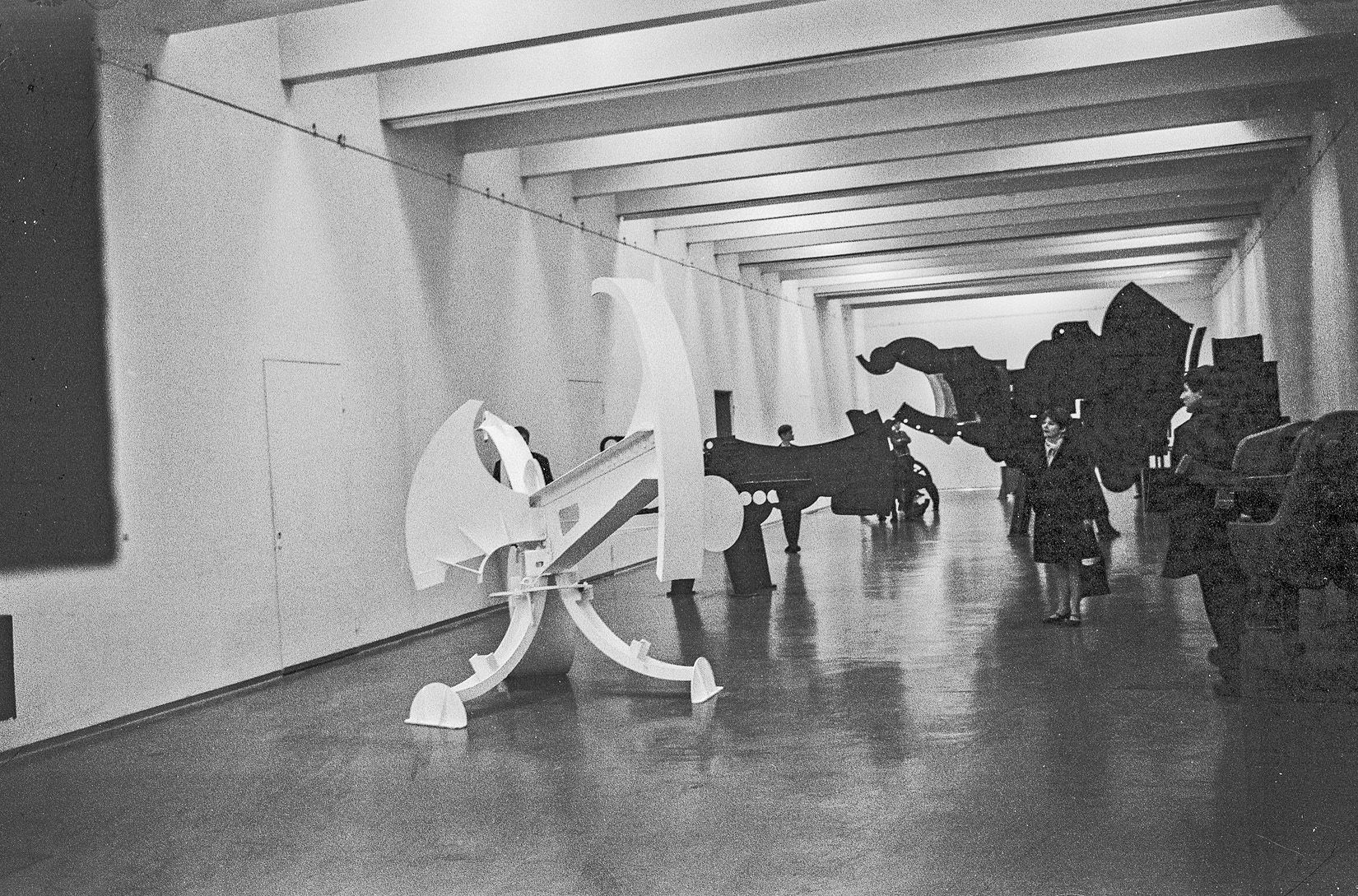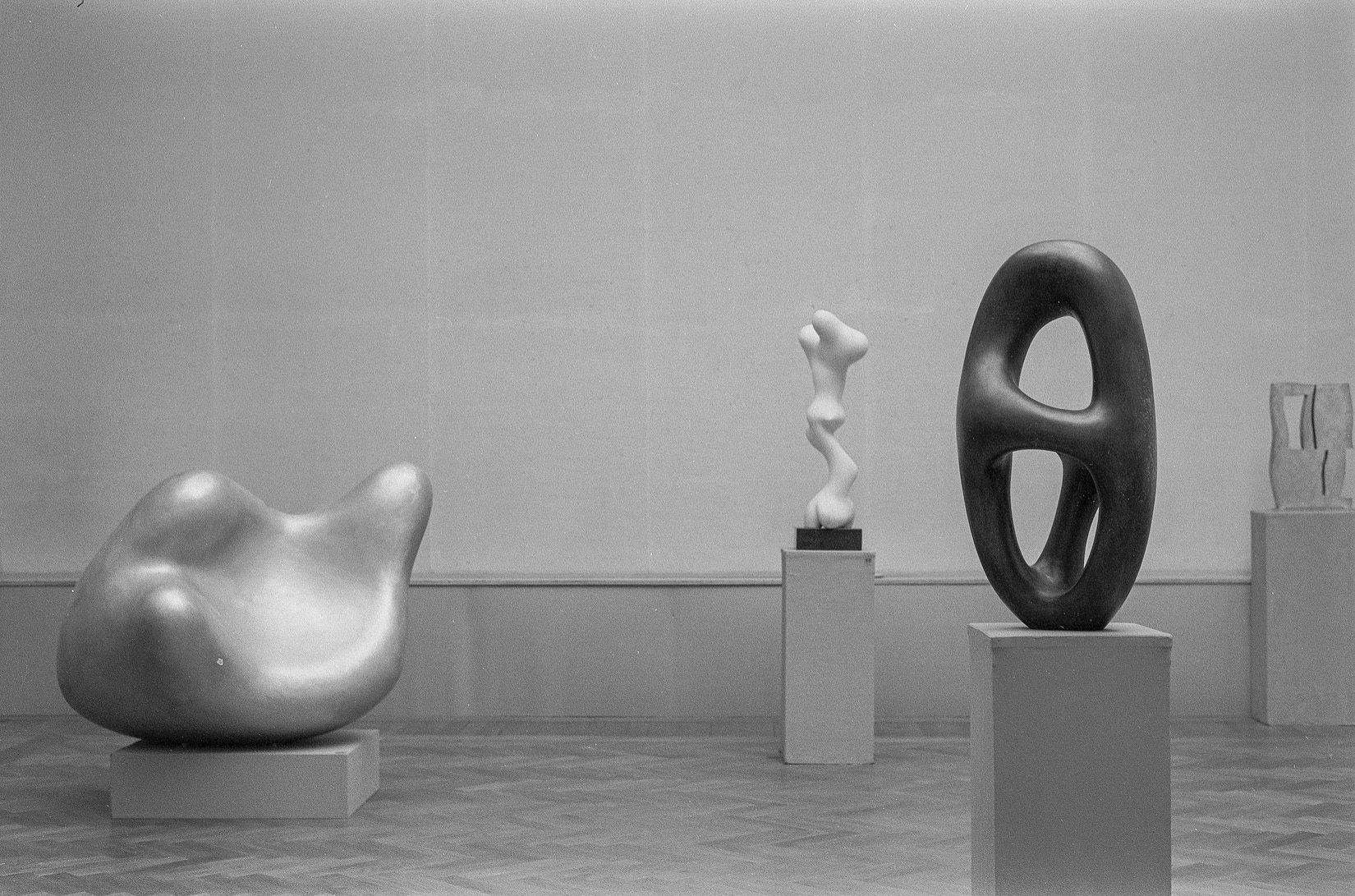After-show tang
Diogo Pinto
I am certain most active artists, curators or any other similar practitioners, have at some point realised that making art, and especially exhibiting it, is an activity destined to become image. I’m not talking about the ephemeral qualities of art, rather about the incessant need to consume images. This is of course no big surprise seeing most of us are probably reaching (if not long over) a decade of daily IG usage, where this seemingly applies to all facets of life. Yet, this process isn’t a tidy transition but rather a messy collapse. Although it may appear as neutral or even factual at times, reality is: the way we photograph exhibitions is a crafted construct that systematically shapes overall perception of contemporary art.
Once it’s difficult to distinguish any professional uttering that doesn’t rely on a certain photographic look to document and disseminate artistic practice, an echo chamber of expectability becomes the norm. From students to gallerists, artist-run spaces to museums, all must showcase artwork fluent in the visual language of slick-looking exhibition views which so rigorously compete to fill social media, publications and other on-line strands. When so much of our art engagement is done through a screen, it makes sense that photography would overbear other means of production. Naturally, photographs are no longer just used in the traditional end of archiving but are now an integral part in thinking, making and exhibiting art. The photogenicity of a work/exhibition might not only be key in its critical, comercial or institutional success but has also become vital in its physical and conceptual genesis. This flattening of artistic practice is both a result of a greater access to technology and a foreshadowing imperative to endlessly feed social media. In the on-line paradigm where “sharing images is aliveness” and “not sharing images is death”, complexity, density and slowness can be opted out for more camera-friendly practices capable of delivering a steady stream of coherent imagery. Hence, in mindlessly crossing the bridge which links the virtuality and reality of exhibition-making, one might doomscroll time itself in a context precisely fit to linger, reflect and wonder. At this point, can we even cast away from this — in favour of more intrusive or weird methods of registering exhibitions or would it just stagnate the flow of image-economy which currently sustains so much of artistic production?

Maria Netter (*1917 Berlin, †1982 Basel) was an influential art critic who operated mostly around the German-speaking regions of Switzerland. Throughout her writing career she kept the habit of almost always illustrating her magazine reviews with photographs she took herself. Excluding cameramen wasn’t a matter of budgets nor logistics; Netter – a self-taught photographer – was seldom seen without her Leica M3 compact camera. Indeed, her passion for photography is evident in the 2,000-odd rolls of film and contact prints which compile her photographic estate at SIK-ISEA. In her archive we find a thorough account of the many local and visiting artists, curators, gallerists and collectors that constituted a lively fraction of the Swiss art scene during the ‘50s, ’60s and ‘70s. Although the historical significance of such pictures is undeniable, let’s actually focus on the photos Netter took where no one is portrayed:
The installation views of Netter were made without any special apparatus – no tripod, no flash, no diffuser – and needless to say, taken with B&W film long before Photoshop. They might appear hasty or even amateurish, especially to a desensitised eye accustomed to the “professional” look of contemporary art documentation, but I would argue they were merely done in a subsidiary fashion. Acts performed in divided attention as if when the shutter button was pressed, the focus was really on experiencing the exhibition itself and not on camera work. Like the doodles made while on the phone, they’re candid remnants left behind by someone busy in deep thinking and processing. These snapshots of sculptures, paintings, museum architecture and displays go beyond their intrinsic historical value and unequivocally become exercises in shape, rhythm and composition. Of course this process is a flattening of several works of art, but doing it in such an intuitive manner reveals the intimacy behind the lens – it humanises presence in space and doesn’t promote a fantasised drone-like reading of space.
Netter was clearly at ease in these exhibitions and that translates in just the right amount of mystery, groundedness and presence. In being earnest and not contrived, they end up being closer to life than the enhanced depictions we usually find in exhibition photography. The hurdle then lies in what intentions should we be after while photographing exhibitions – are we trying for reality or something else? Is veracity being measured up against the experience of exhibitions, or their distribution as image? Netter’s exhibition views unwittingly achieved an in-between: they serve the purpose of documentation and they are also standalone images that catch the fleeting atmosphere of said exhibitions. Ultimately, they’re not “documentation” but rather “exhibition sightings”. If photography as a tool isn’t utilised to encapsulate that feeling of witnessing something rare that will soon expire, is it even being used correctly?

